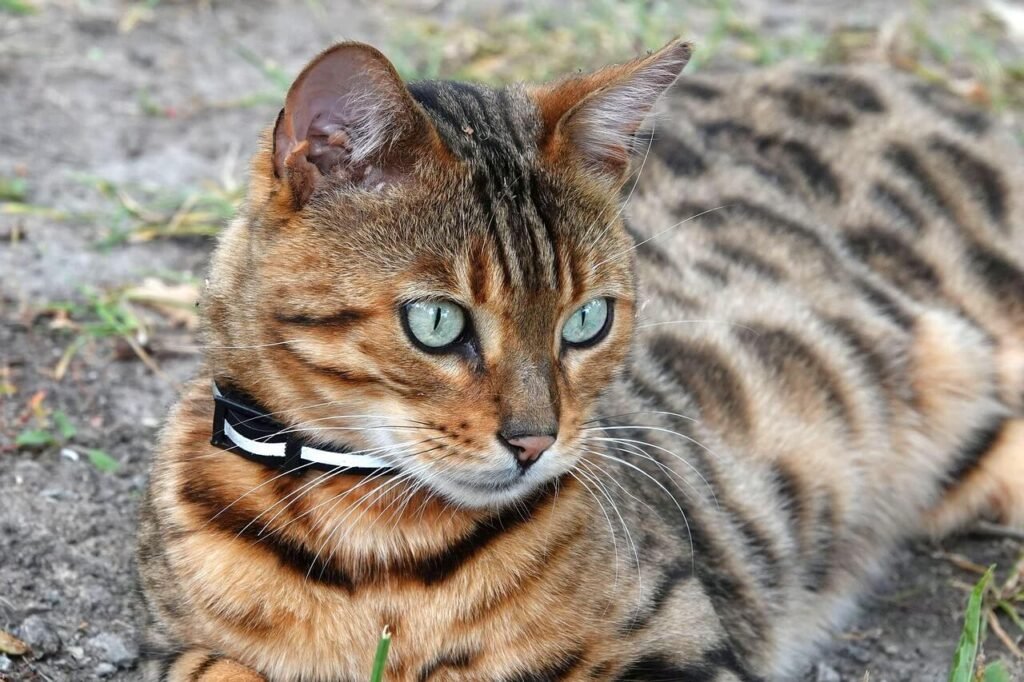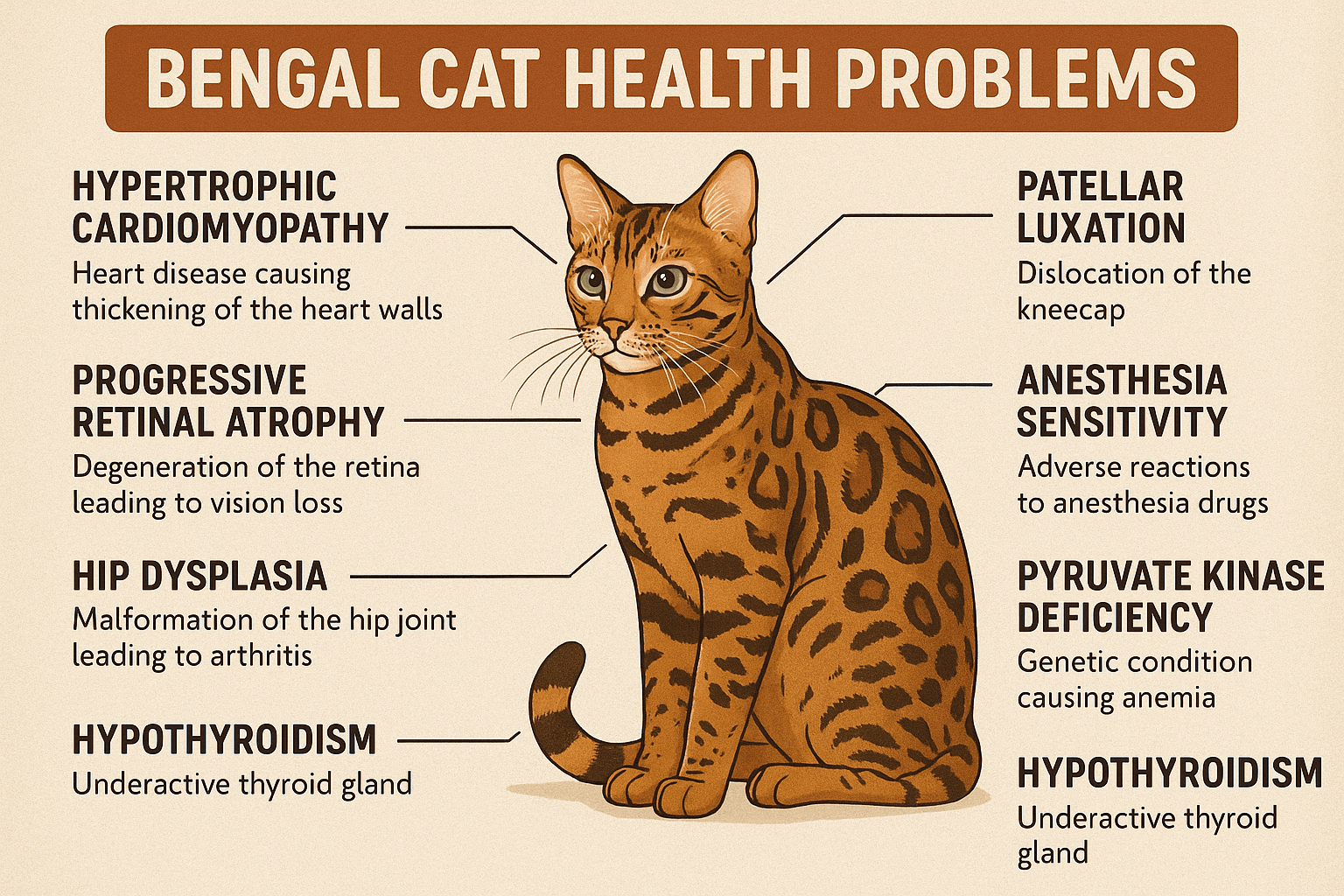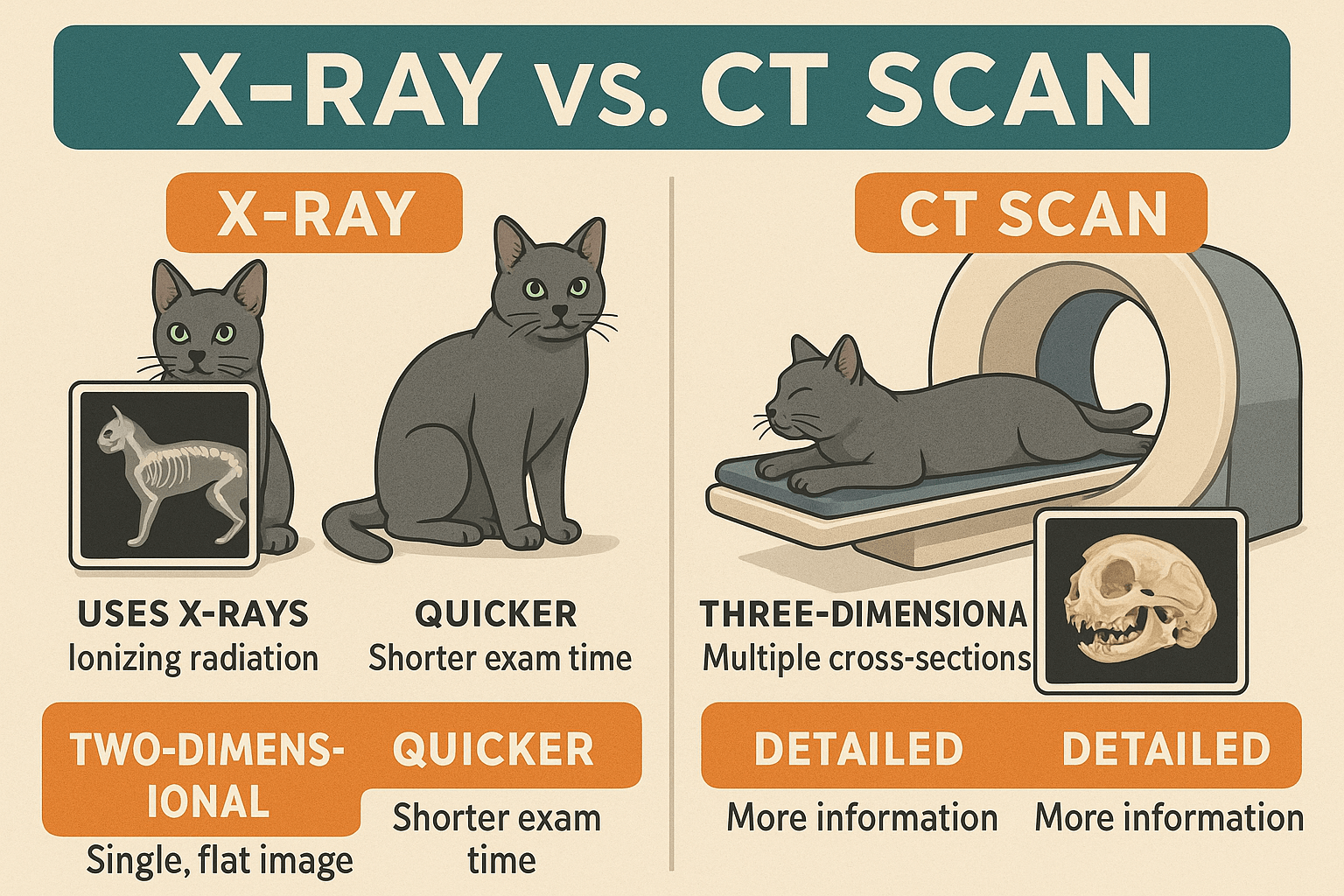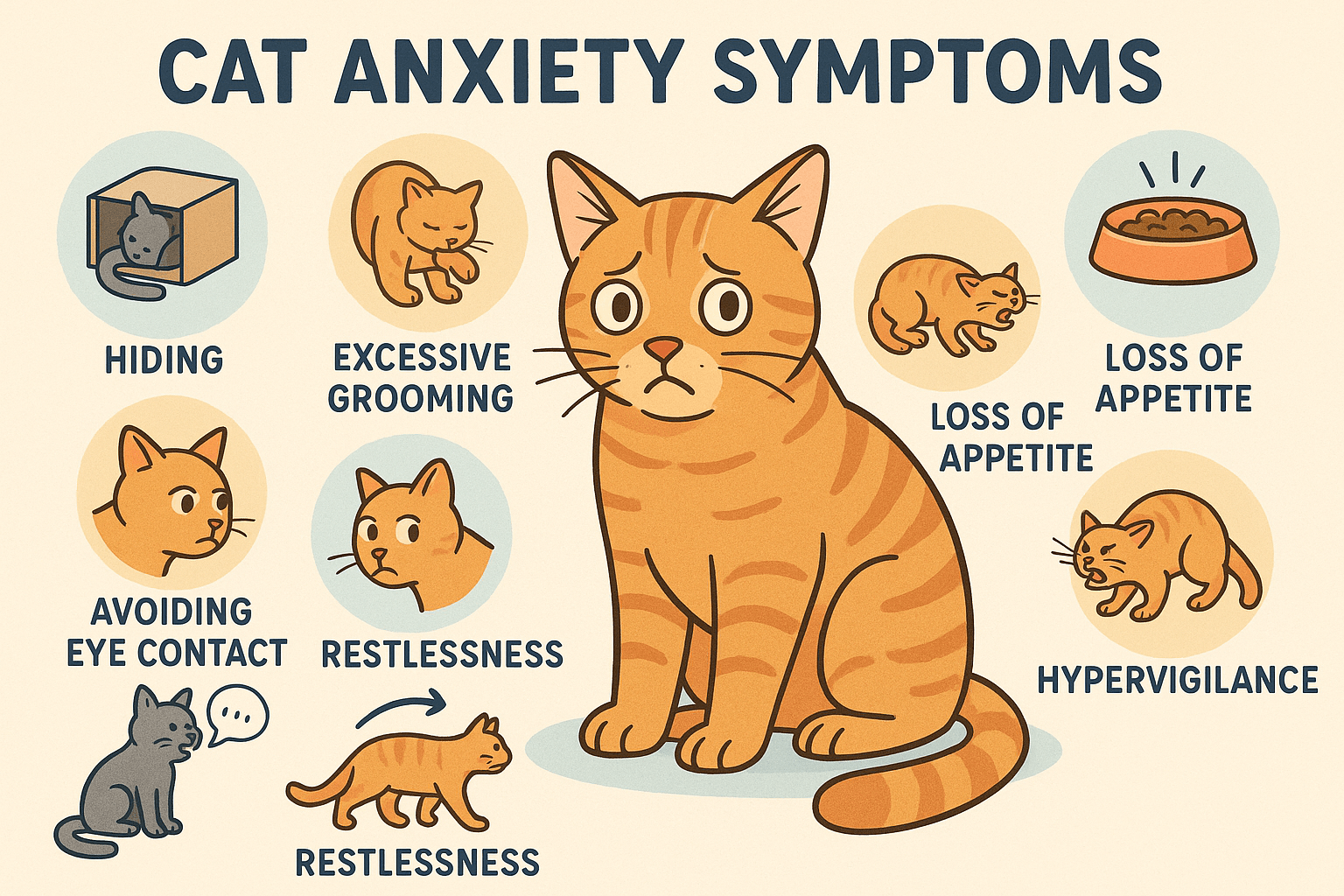Why Is My Cat Pulling Her Hair Out? Understanding the Causes and Solutions
If you’ve noticed your cat obsessively licking, biting, or pulling out her fur, it’s natural to feel concerned. While cats are known for their meticulous grooming habits, excessive hair-pulling can be a sign of an underlying issue that needs attention. This behavior, often referred to as over-grooming, can stem from a variety of physical, emotional, or environmental factors. Understanding why your cat is engaging in this behavior is the first step toward helping her feel comfortable and healthy again. In this blog post, we’ll explore the possible reasons behind this troubling habit and provide actionable solutions to address it.
Common Physical Causes of Excessive Grooming
When your cat starts pulling out her hair, the first thing to consider is whether there’s a physical issue at play. Cats are sensitive creatures, and even minor discomfort can lead them to over-groom in an attempt to soothe themselves. Below are some common physical causes of this behavior:
Allergies: Cats can develop allergies to food, pollen, dust mites, or flea saliva. These allergies often cause intense itching, prompting your cat to lick or chew at her skin.
Parasites: Fleas, ticks, and mites are notorious for causing skin irritation. Even a single flea bite can trigger a chain reaction of scratching and hair loss.
Skin Infections: Bacterial or fungal infections, such as ringworm, can lead to redness, inflammation, and discomfort, making your cat focus excessively on affected areas.
Pain or Injury: Cats may lick or pull at their fur to alleviate pain from injuries, arthritis, or other medical conditions.
Hormonal Imbalances: Conditions like hyperthyroidism or Cushing’s disease can disrupt your cat’s normal grooming habits, leading to excessive hair loss.
If you suspect any of these physical causes, it’s essential to consult your veterinarian. They can perform tests and examinations to pinpoint the root of the problem and recommend appropriate treatments.
Behavioral Triggers Behind Over-Grooming
While physical issues are often the primary culprits, behavioral factors can also contribute to your cat’s hair-pulling tendencies. Stress, anxiety, and boredom can manifest in destructive grooming habits. Here are some common behavioral triggers:
Stress: Changes in your cat’s environment, such as moving to a new home or introducing a new pet, can cause stress-induced over-grooming.
Separation Anxiety: Cats form strong bonds with their owners, and prolonged absences can lead to feelings of loneliness and anxiety.
Boredom: Lack of mental stimulation or physical activity can drive your cat to focus her energy on grooming as a coping mechanism.
Obsessive-Compulsive Disorder (OCD): Some cats develop compulsive behaviors, including excessive grooming, due to psychological imbalances.
Territorial Conflicts: Multi-cat households may experience tension between pets, leading to stress-related grooming behaviors.
Addressing these behavioral triggers requires patience and consistency. Providing your cat with a safe, enriching environment can help reduce anxiety and redirect her focus away from over-grooming.
Check this guide 👉 Why Does My Cat Bring Me Toys? Best 7 Behavior Tips!
Check this guide 👉 Why Does My Cat Follow Me Everywhere? Best 7 Behavior Tips!
Check this guide 👉 Why Did My Cat Poop on My Bed? Best 7 Expert Behavior Tips!

Physical Causes | Behavioral Causes |
|---|---|
Allergies (food, environmental) | Stress from environmental changes |
Parasites (fleas, mites) | Separation anxiety |
Skin infections (bacterial, fungal) | Boredom and lack of stimulation |
Pain or injury | Obsessive-compulsive tendencies |
Hormonal imbalances | Territorial conflicts |
How to Address Physical Causes of Hair-Pulling
Once you’ve identified a potential physical cause for your cat’s behavior, it’s time to take action. Here are some steps you can take to address these issues effectively:
Visit the Vet: Schedule an appointment with your veterinarian to rule out underlying medical conditions. They may recommend blood tests, skin scrapings, or allergy testing.
Flea Control: Use vet-approved flea prevention products to keep your cat free from parasites. Regularly clean your home to eliminate any flea eggs or larvae.
Dietary Adjustments: If food allergies are suspected, try switching to a hypoallergenic diet under your vet’s guidance.
Medicated Treatments: For skin infections or hormonal imbalances, your vet may prescribe topical creams, oral medications, or supplements.
Pain Management: If your cat is experiencing pain, work with your vet to develop a treatment plan that includes pain relief and lifestyle adjustments.
By addressing these physical causes promptly, you can help your cat recover and prevent further hair loss.
Strategies to Manage Behavioral Over-Grooming
If your cat’s hair-pulling stems from behavioral issues, there are several strategies you can implement to help her feel more secure and content. Here’s how you can get started:
Create a Routine: Cats thrive on predictability. Establish a consistent daily routine for feeding, playtime, and cuddles to reduce stress.
Provide Enrichment: Offer interactive toys, scratching posts, and puzzle feeders to keep your cat mentally and physically engaged.
Safe Spaces: Ensure your cat has access to quiet, secluded areas where she can retreat when feeling overwhelmed.
Positive Reinforcement: Reward your cat with treats or praise when she exhibits calm behavior, reinforcing positive habits.
Consult a Behaviorist: If the problem persists, consider seeking advice from a certified animal behaviorist who specializes in feline issues.
With patience and dedication, you can help your cat overcome her behavioral challenges and restore her confidence.
Signs That Your Cat’s Hair-Pulling May Be Serious
While occasional grooming is normal, certain signs indicate that your cat’s hair-pulling behavior may require immediate attention. Being aware of these red flags can help you act quickly and prevent further complications. Here are some warning signs to watch for:
Bald Patches: Noticeable areas of hair loss, especially in concentrated spots, can signal excessive grooming or an underlying issue.
Red or Irritated Skin: If your cat’s skin appears inflamed, scabbed, or infected, it could indicate an allergic reaction or parasite infestation.
Changes in Behavior: Increased aggression, lethargy, or hiding may suggest your cat is experiencing pain or discomfort.
Excessive Licking Sounds: Constant licking noises throughout the day can point to obsessive grooming habits.
Weight Loss or Appetite Changes: These symptoms may accompany medical conditions like hormonal imbalances or infections.
If you observe any of these signs, it’s crucial to consult your veterinarian promptly. Early intervention can make a significant difference in your cat’s recovery.
Daily Practices to Reduce Stress in Cats
Stress can be a major contributor to over-grooming, but there are simple ways to create a calmer environment for your feline friend. Implementing these daily practices can help reduce anxiety and promote healthier habits. Consider the following tips:
Consistent Feeding Times: Feed your cat at the same times each day to establish a sense of routine and security.
Interactive Play Sessions: Spend at least 15-20 minutes engaging in play with toys like feather wands or laser pointers to burn off excess energy.
Calming Music or Sounds: Play soft, soothing music or nature sounds to create a peaceful atmosphere in your home.
Aromatherapy for Cats: Use pet-safe essential oils like lavender (in moderation) or pheromone diffusers designed specifically for cats.
Gentle Grooming Assistance: Brush your cat regularly to remove loose fur and reduce her need to groom excessively.
By incorporating these practices into your daily routine, you can help your cat feel more relaxed and less inclined to over-groom.
Nutritional Tips to Support Your Cat’s Skin and Coat
A balanced diet plays a vital role in maintaining your cat’s overall health, including the condition of her skin and coat. Poor nutrition can exacerbate issues like dry skin and hair loss, making it essential to prioritize high-quality food. Here are some nutritional tips to consider:
Omega-3 Fatty Acids: Incorporate foods rich in omega-3s, such as fish oil or flaxseed, to promote healthy skin and a shiny coat.
Hydration: Ensure your cat has access to fresh, clean water at all times to prevent dehydration, which can affect skin health.
High-Quality Protein: Choose cat food with real meat as the primary ingredient to provide essential amino acids for skin repair.
Limited Fillers: Avoid foods with excessive grains or artificial additives, as these can trigger allergies or digestive issues.
Supplements: Consult your vet about adding supplements like biotin or zinc to support your cat’s skin and coat health.
By focusing on proper nutrition, you can give your cat the building blocks she needs for a healthy body and reduce the likelihood of over-grooming due to discomfort.
FAQ
Is it normal for cats to groom themselves frequently?
Yes, grooming is a natural behavior for cats. However, excessive grooming that leads to hair loss or skin damage is not normal and should be addressed.
Can stress really cause my cat to pull out her hair?
Absolutely. Stress and anxiety can manifest in various ways, including over-grooming. Identifying and reducing stressors can help alleviate this behavior.
How can I tell if my cat has fleas?
Look for signs such as excessive scratching, small black specks (flea dirt) in her fur, or visible fleas jumping on her skin.
Should I stop my cat from grooming altogether?
No, grooming is essential for your cat’s hygiene. Instead, focus on addressing the underlying cause of excessive grooming.
When should I take my cat to the vet?
If you notice significant hair loss, redness, scabs, or changes in behavior, schedule a vet visit as soon as possible.
Helping Your Cat Regain Her Comfort and Confidence
Dealing with a cat that pulls her hair out can be challenging, but with the right approach, you can help her overcome this behavior. Whether the cause is physical, behavioral, or a combination of both, understanding your cat’s needs is key to providing effective support. By consulting your veterinarian, addressing environmental stressors, and offering plenty of enrichment, you can create a happier, healthier life for your feline companion. Remember, patience and compassion go a long way in helping your cat feel her best again.
High Liver Enzymes in Cats: Best 7 Expert Tips! Discover causes, symptoms, and treatment options for elevated liver enzymes in cats. Learn how to support your cat’s liver health effectively.
Bengal Cat Health Problems: Best 7 Expert Tips! Discover expert advice on common Bengal cat health issues, preventive care, and tips to keep your feline friend healthy and happy for years to come.
X-Ray vs CT Scan for Cats: Best 7 Expert Tips! Discover key differences, benefits, and expert advice on choosing the right imaging method for your cat’s health needs.
Cat Anxiety Symptoms: Best 7 Expert Tips! Discover signs of feline stress, effective calming strategies, and expert advice to help your cat feel safe, happy, and relaxed at home.





